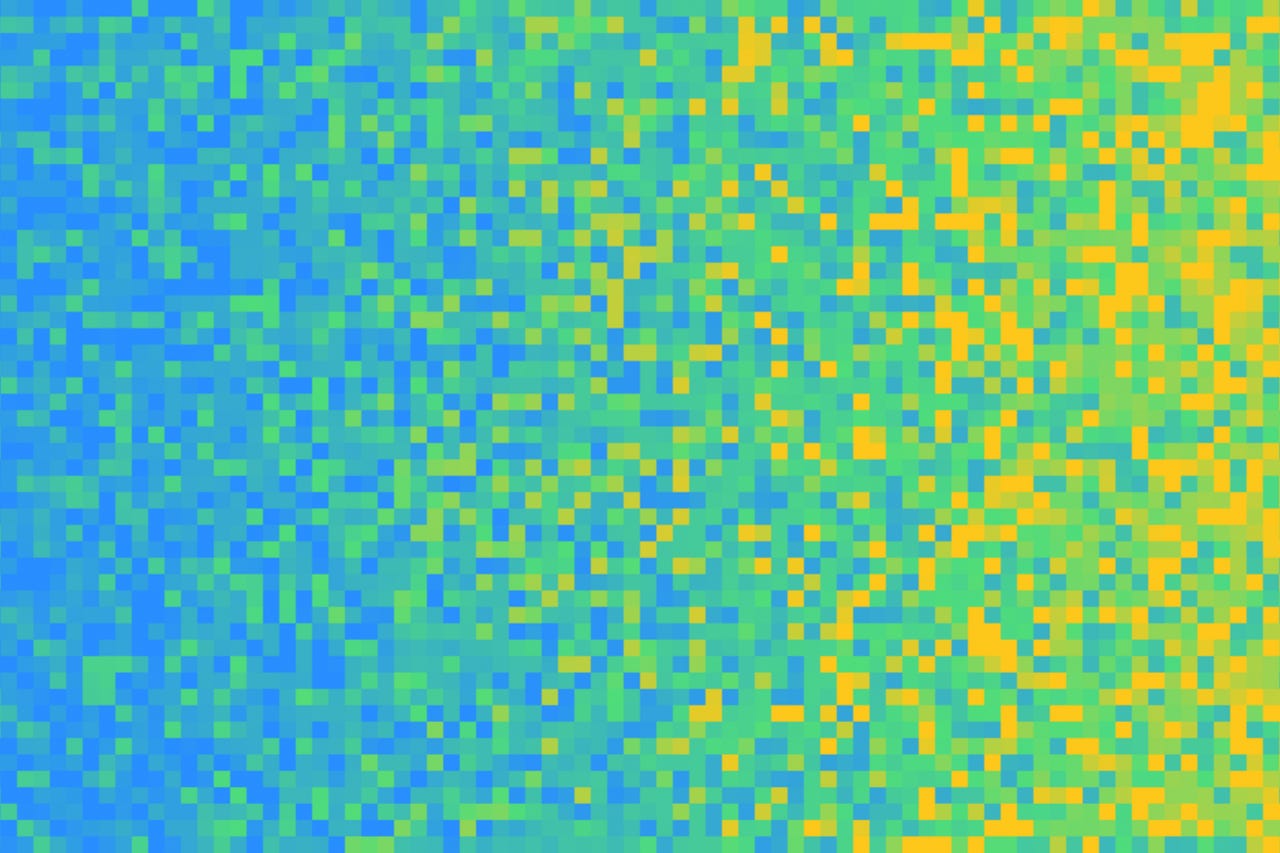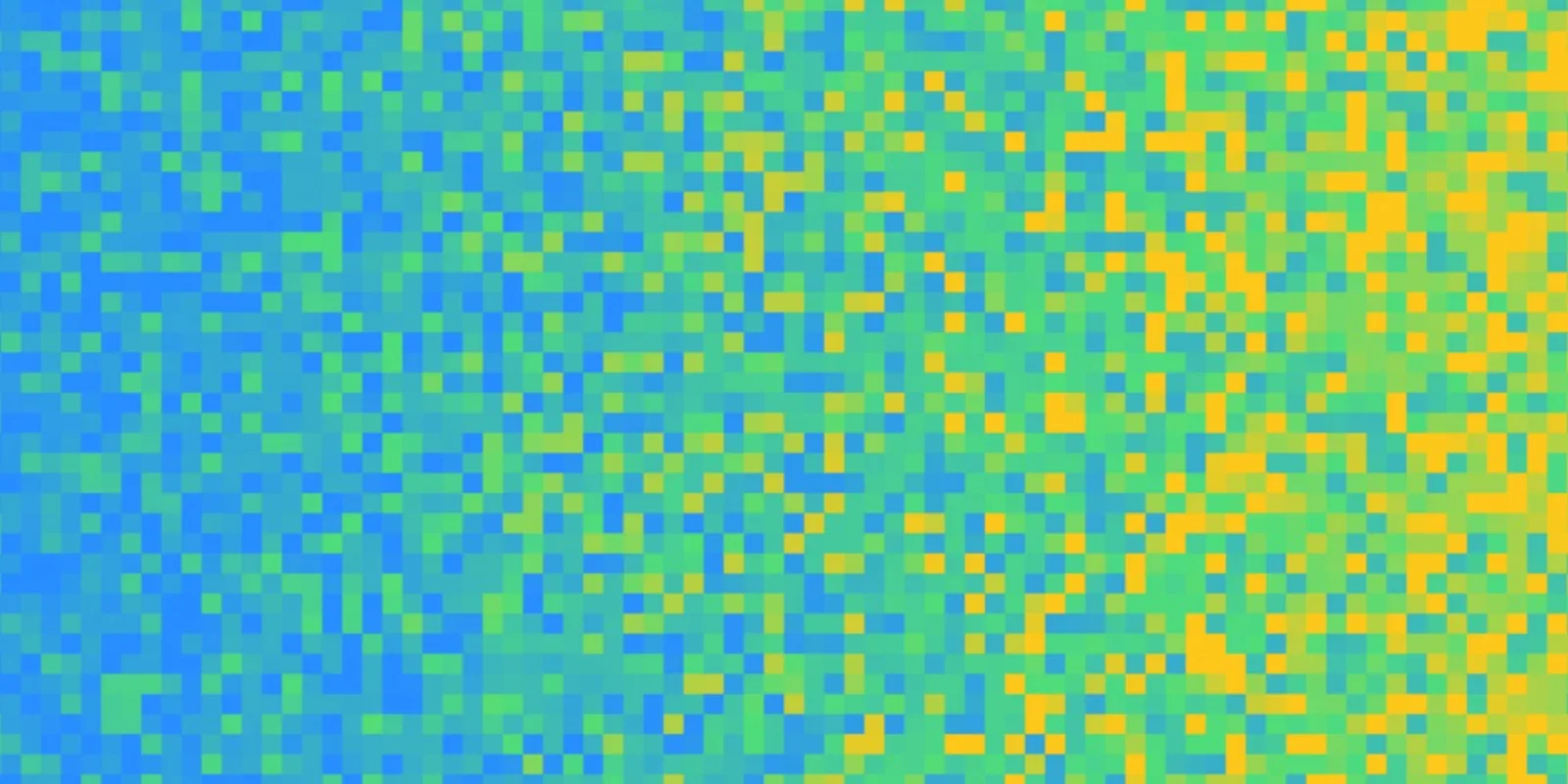
Ever watch an expert radiologist read a CT scan or an MRI? It seems like she gazes at a scan and, in one fell swoop, digests the information and spits out amazing findings and differentials.
If the world’s greatest radiologists can do it this way, why can’t you?
Well, what if I was to tell you to avoid this expert radiologist’s approach? You might think I was crazy, even though it may be hazardous to your career! But, believe me, this “Gestalt approach” is most likely the wrong one for you.
But, why? Why does this Gestalt approach to films, used by expert radiologists, not work well for the neophyte radiologist? In order to answer this question, we will define Gestalt and go through why this approach can be dangerous for the early radiologist. Then, instead, we will tackle why and how radiology residents should read films using the “segmental approach.”
Defining Gestalt
Let’s start by defining the principles of Gestalt. According to Wikipedia, these are “the idea that natural systems and their properties should be viewed as wholes, not as collections of parts.”
In the world of radiology, a radiologist uses the Gestalt approach when he or she senses the findings and diagnosis without processing the individual steps. I like to think of the Gestalt approach like The Dog Whisperer, Cesar Milan. Cesar Milan can naturally sense the overall picture of a dog that others cannot. With this sixth sense, he can train dogs to do whatever he wants, while mere mortals struggle to figure out exactly how to do what he does.
Why Avoid the Gestalt Approach When Starting Out?
Since you have not been practicing radiology for long, you will miss half the findings in the film. You don’t know what you don’t know. And, if you don’t look for a finding, you won’t mention it or find it. So, if you read a chest film and you don’t know to look at the pulmonary arteries, you certainly won’t find that case of pulmonary hypertension. The Gestalt approach does not stop to list each of the individual sectors of the film to make sure you have looked at it.
How long have you been practicing radiology? At most for residents, three or four years. Rarely is that enough time to build a network in your brain allowing you to look at a film rapidly once and then build a framework for arriving at a final impression of the study. You have not trained your eyes to search everything on the film in a short period time. And, therefore, you will not catch everything.
Take it from me, the Gestalt approach is a fast way for a resident to look like a fool. When you go over a case with another clinician, they will catch things that you have missed. What could be more embarrassing?
What Approach Should You Use?
Instead of the Gestalt approach, the beginner radiologist should utilize a segmental approach. What do I mean by that? The segmental approach divides the film into individual parts. You then go through the entire film until you have completed your entire search pattern. In essence, it is a glorified checklist.
In addition, the segmental approach can vary for each individual reader based on personal preference. For some, you may divide the chest film into quadrants. For others, on the chest film, you may look at the technique, the heart, the soft tissues, the bones, and the lungs. Whatever the pattern, it usually doesn’t matter except that all the bases need to be covered. As a beginning radiologist, this approach will prevent you from missing the important findings. And, you will look a heck of a lot smarter than the new radiologist that uses a Gestalt approach.
The Bottom Line About the Gestalt Versus Segmental Approach
For beginning radiologists, unless you have a tremendous gift, the Gestalt approach does not work well. Most learners cannot look at the whole to identify the abnormalities in each of the parts. Rather, the new learner is more adept at looking at all the parts to identify what went wrong with the whole. Therefore, until you have the experience to rapidly identify abnormalities with a glance, the Gestalt approach is a recipe for disaster.
So, make sure you create a great, all-inclusive search pattern to avoid missing individual findings. Only then can you become the great radiologist you were meant to be. Who knows? Maybe someday you will become that great radiologist who uses that Gestalt approach!
Barry Julius, MD, is a board-certified radiologist at St. Barnabas Medical Center. He is a 2018–19 Doximity Author.







